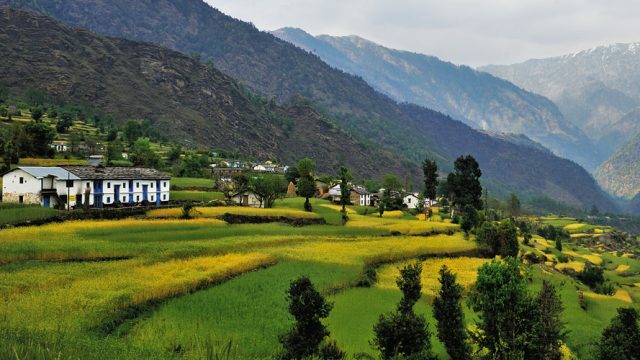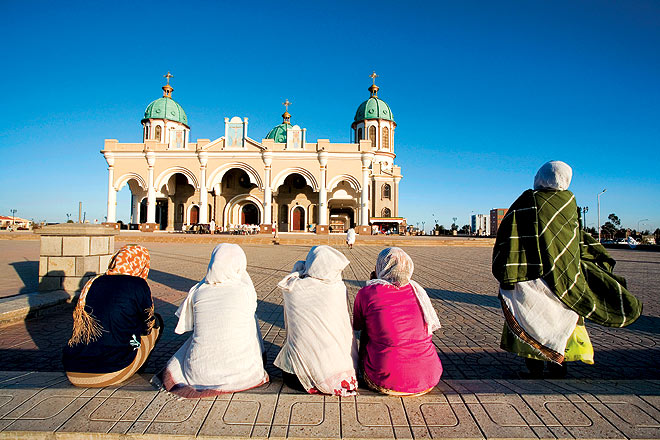
Addis Ababa, Ethiopia: It’s surprising that Africa’s fourth largest city and the vast continent’s diplomatic capital is known so little to the world outside—Addis Ababa is home to the African Union, the United Nations Economic Commission for Africa and several other international organisations. But if the Ethiopian capital is the gateway to another world of opportunity and riches to rural Ethiopians, the sprawling megalopolis of contrasts is also at the mysterious cusp of the ancient and the contemporary for visitors from elsewhere. Named for a ‘new flower’ in Amharic, the official language of the 88 spoken in Ethiopia, the city was founded as the place from which Emperor Menelik II’s wife could enjoy mineral baths with her friends. It’s also the birthplace of coffee and—in a metro of great bazaars, historic walks, venerated churches, stately government buildings and plentiful museums—traditional coffee ceremonies honour guests in the old way.
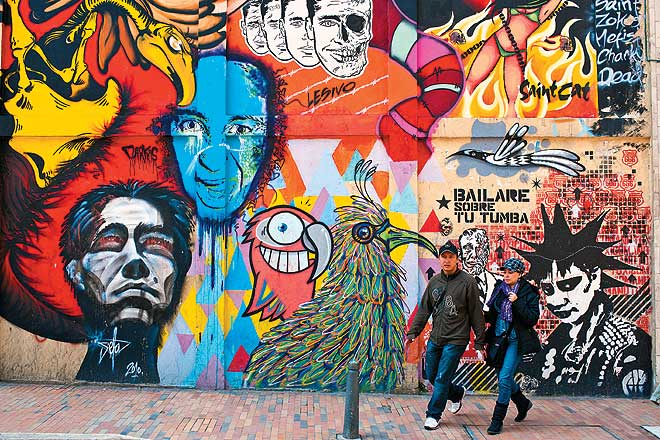
Bogotá, Colombia: Not so long ago, Colombia was the byword of glamour gone wrong, and Bogotá seen as the acme of a city in chaos. Determination has seen the city transform into one with a world-leading public transport system, 300km of bicycle and walking trails, and a green network of 1,200 parks and quality public spaces. Add an entire historic city, and it’s easy to see why it is referred to as the Athens of South America. The best of Bogotá is a treasure of museums, art galleries, international fairs and cultural events.
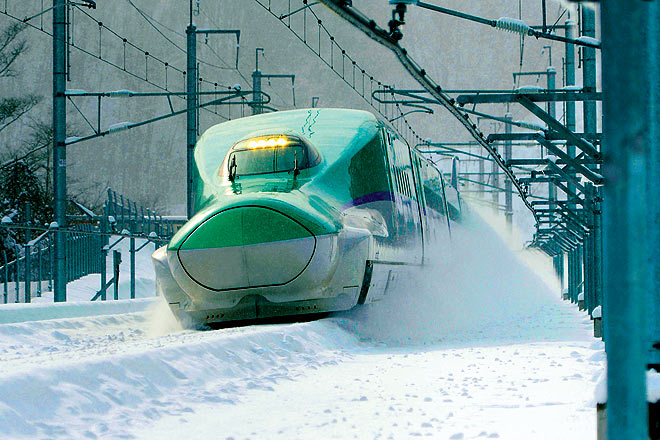
Hokkaido, Japan: It’s taken a while coming (the ambitious project began in 2005) but the bullet train is finally set to speed its way into southern Hokkaido, more precisely to the port city of Hakodate, on March 26. Transportation time will not only be cut down marvellously, it will also open up the famously scenic region to eager visitors—the large northern island of Hokkaido is a wilderness paradise of pristine mountains, forests, lakes and seashore. Tourism infrastructure is already expanding. The first service, a 148km stretch via the undersea Seikan Tunnel, will connect the Shin-Aomori Station in Aomori Prefecture to Shin-Hakodate-Hokuto Station in Hokkaido (Hakodate will be 15min away by shuttle). Eventually, by 2030, the Hokkaido Shinkansen will connect the Shin-Aomori Station to Sapporo 360km away. The most anticipated development is the reduction in travel time between Tokyo and Shin-Hakodate-Hokuto from 5.5 hours to four hours.
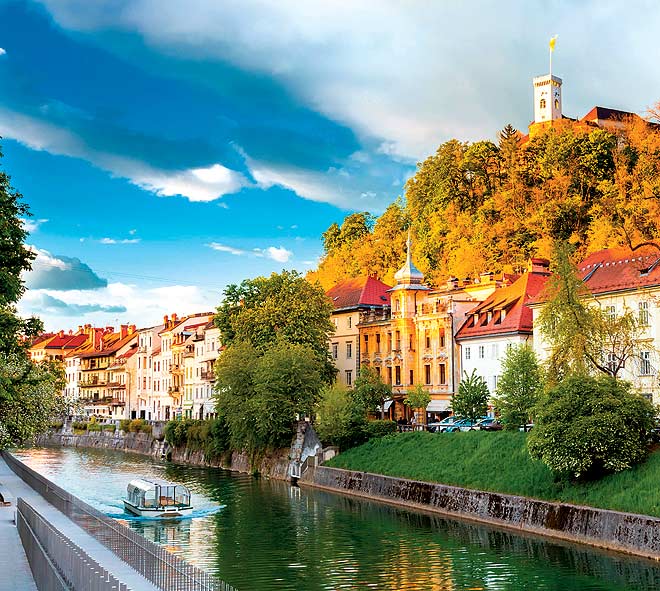
Ljubljana, Slovenia: It’s a city without one dominant tourist attraction, and perhaps that is what makes it such an all-round destination. The entire city charms. The Slovenian capital’s credentials as one of Europe’s greenest and most liveable cities have seen it get named as the European Green Capital of 2016. Restrictions on vehicles at the city centre coupled with ample pedestrian and cycling tracks in a city bisected by the emerald-green Ljubljanica River, add to the city’s lure. Add some of the most stunning early-modern, minimalist buildings, and the city is referred to as a ‘jewel box’. Post a newfound political stability, the city has also become an active cultural hub for the region.
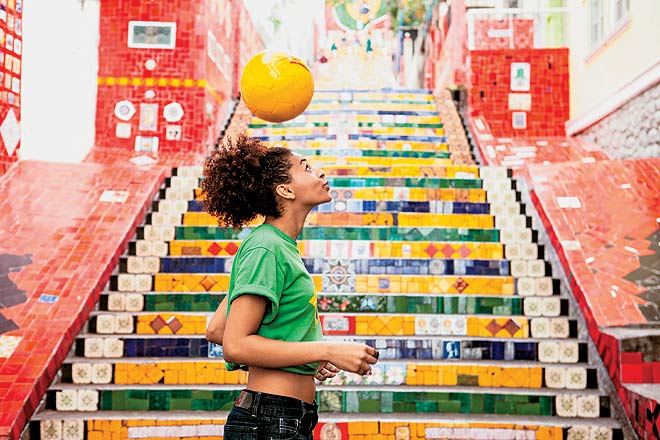
Rio de Janeiro, Brazil: Well, the stage can’t get bigger than the Olympics, when the world’s attention will be focussed on Rio (August 5–21). Whether you are anticipating the straight marquee battle between Justin Gatlin and Usain Bolt or looking ahead to rising stars such as Jaheel Hyde in the 400-m hurdles or Si Yajie on the 10m platform, there’s a lot happening. The city has been spruced up, new museums have opened, historic sites have been exhumed, and even Christ the Redeemer has regained some lost lustre. Copacabana and Ipanema retain their vim. Of course, take adequate protection against zika!
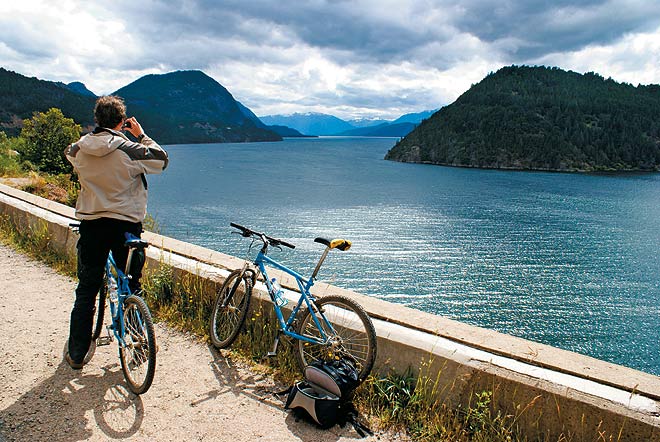
Road of Seven Lakes, Argentina: If the Andes are your thing, then it is difficult to beat this route for sheer natural splendor. Compared frequently to Switzerland for sightseeing, watersports, trekking and climbing as well as chocolate boutiques and breweries, the Seven Lakes Route is among the most sought after tourist corridors in the region. A long time in the making, a new road has finally been completed recently and has cut travel times considerably. The 237-km road crosses the Lanín and Nahuel Huapi national parks and provides access to several lakes in the forest area of the Patagonian Andes.
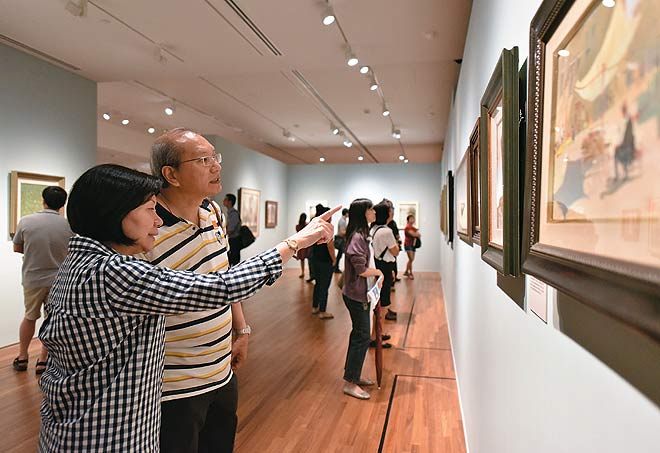
National Gallery, Singapore: If 2015 was all about Singapore’s lively celebrations on turning 50, the opening of the new National Gallery on November 24 would count among its crowning glories. Not only does it now occupy two of the island nation’s most iconic heritage buildings (the Supreme Court and the City Hall), they have been given such a makeover that the project is already being hailed as a modern architectural classic. The new National Gallery is the world’s first museum focused on Southeast Asian art and features mainly two sections: one for the best of Singaporean art and the other as an introduction to the art of Indonesia, Malaysia, Philippines, Vietnam, Myanmar and Cambodia. Home to over 8,000 works, it’s comparable in size to London’s Tate Modern.
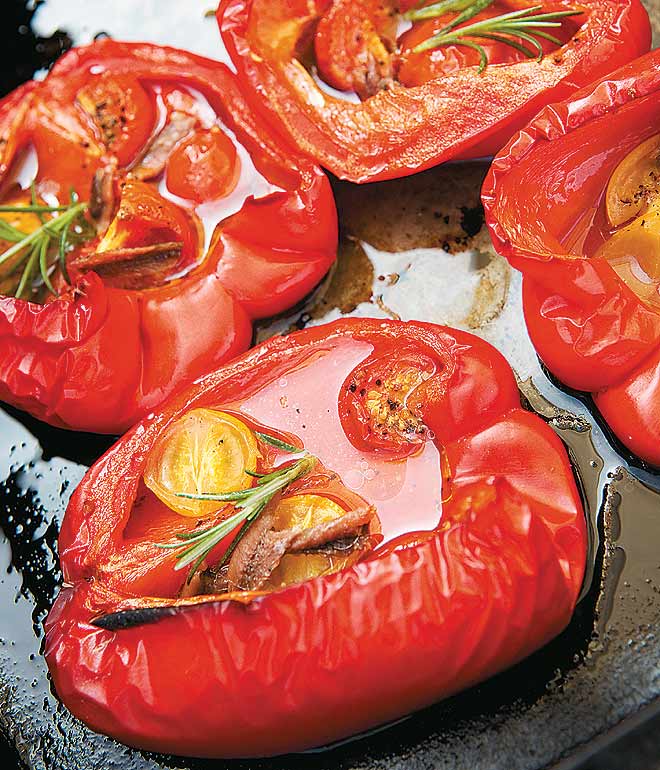
Skåne, Sweden: Sweden’s southernmost province, commonly known as ‘Scania County’, combines the charm of metropolitan Malmö with rolling fields, sandy coastlines and stoic castles. Combined with easy access from Denmark, this is a popular haven. Skåne, however, is now getting noticed for another tasteful reason—a new wave of Scandinavian cooking is sweeping the area. Often dubbed Sweden’s Tuscany, or even its larder, the region’s culinary reputation has become formidable with the addition of three Michelin star restaurants in 2015. Old farms are being transformed into organic bistros, and you’re likely to gain new-found respect for greens like dill and cucumber. Washed down with their famous ice wine, the unfussy cuisine comes out a winner in the food stakes.
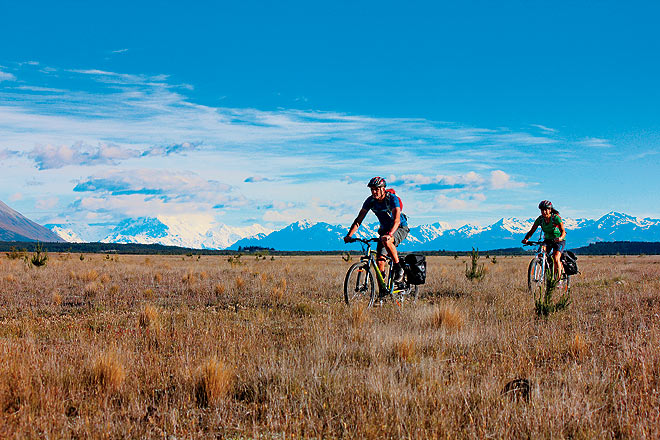
South Island, New Zealand: It’s arguably the best possible way to see New Zealand’s fabled abundance of natural beauty and there’s no stinting in scenic treasures along the way—from lofty mountains to great lakes, all the way down to the ocean with even the weather varying dramatically with the topography. And, no, it’s not only for fitness freaks—families can take kids along on the easy-to-intermediate sections of the well-mapped trail. The 301-km journey from the Southern Alps to the Pacific Ocean in South Island takes 4-6 days (the trail lies midway between Christchurch and Queenstown), depending on the speed at which cyclists take it up, and even day trips are possible. The logistics would tempt even the most hesitant traveller—nine sectional maps show the elevation, trail surfaces, fitness, skill, traffic, safety notes, and highlights, and baggage transfers and toilets are provided. See alps2ocean.com

Vancouver, Canada: Well, okay, it may not be the most liveable city in the world (according to The Economist 2015 Global Liveability Ranking), but it’s number 3 on the list, and could easily have been number 1 (that’s Melbourne). The ranking considers 30 factors including personal safety, public infrastructure and environment, and Vancouver fits every bill. A stone’s throw from Seattle, Vancouver is on the Burrard peninsula, with British Columbia’s mountainous wildernesses to its north and the Pacific Ocean to the west. It’s large, diverse , laidback and outdoorsy. It has great beaches and one of the largest urban parks in North America (Stanley Park). You can go skinny dipping in the Kitsilano beaches, catch an Alaska cruise, or go ziplining at the Botanical Gardens. Vancouver is also festival central: there are fringe festivals and jazz festivals; the Bard on the Beach Shakespeare Festival and the Cherry Blossom Festival. There are amazing hikes into the mountains and hip restaurants serving delicious seafood under the Modern Canadian Fare movement.

Stratford-upon-Avon, United Kingdom: The world may have been his stage but Stratford-upon-Avon may have a teensy bit larger claim on him, on which ground, this picturesque town by the Avon is spending 2016 celebrating William Shakespeare as their man. The bard, of course, lived for a considerable part of his life here, and the town has been spruced up to welcome an anticipated spike in tourist numbers. A five-year archaeology project has peeled back the years, and multiple trusts and grants have revived every connection to Shakespeare, real or imagined. Stratford-upon-Avon will host daylong celebrations on Saturday, April 23, and a whole host of other events around the time. Of course, every theatre, especially those associated with the 17th-century playwright such as the Globe or Barbican, in nearby London, will also have special commemorative performances. Did we mention that Stratford has never looked as prettily historic? See shakespeare400.org.
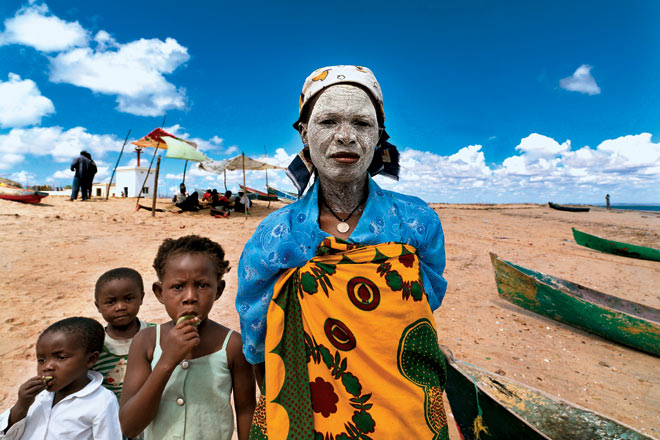
Vilanculos, Mozambique: A popular beach resort, it’s the Mozambican capital of watersports. Vilanculos is also the gateway to the Bazaruto Archipelago, with its stunningly beautiful islands. Over the years, surfing has become popular, as it provides a temperate climate, unpredictable waters and plentiful wind—a dream for any surfer. The land around offers a mix of beach and safari, and the tranquil coast draws travellers looking for a post-safari snorkel and surfing options. What has also changed for Mozambique of late is newfound political stability, which has made a number of top-notch tourism players like andBeyond and Interpid Travel start new ventures. See mozambiquetourism.co.za.

Viñales, Cuba: The Viñales valley is one of the most scenic parts of rural Cuba. Surrounded by the dramatic cliffsides of the karst mountains of the Sierra de los Organos, this picture-perfect region is often thought of as the real Cuba—an idyllic countryside of tobacco farmers and a culturally rich multi-ethnic society. So once you’ve had your fill of the picturesque seediness of Havana, head to the west of the island for a slice of Cuba that’s been unchanged for centuries. The valley is a Unesco World Heritage Site. The residents of the small town of Viñales are quite used to tourism. There’s much to do here, from visiting cigar factories to caving and hiking in the hills, called mogotes. A popular way to see the valley is on horseback. You could also just hang out and enjoy the scenery, or head up to the nearby María la Gorda, the northwestern tip of Cuba, for some gorgeous sunsets.
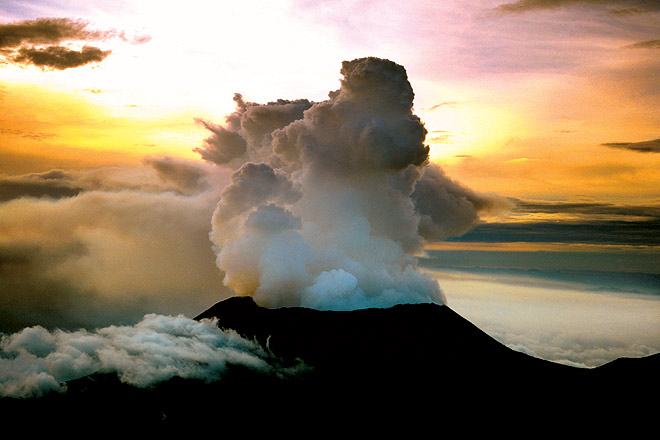
Virunga, DRC: Congo’s fabled Virunga National Park re-opened in 2015 after a gap of two years due to the Congo Civil War. This vast 7,800 sq km park encompasses tropical forests, savannahs, riverine forests, marshlands, active volcanoes, the glaciated heights of the Mountains of the Moon, the geologically ancient Great Rift Valley and is home to the critically endangered mountain gorillas. Africa’s oldest park (set up in 1925), its heyday was in the 1970s. A long civil war and poaching took its toll, and the recent discovery of oil reserves has also cast a shadow. However, Congo is making a huge pitch to make Virunga attractive again. The best way to experience this wonderland is on foot, and to this end, the park organises a few treks to visit the mountain gorillas, chimpanzees, and to the surreal lava lake of the Nyiragongo volcano, and climbing trips to the Rwenzori mountains.
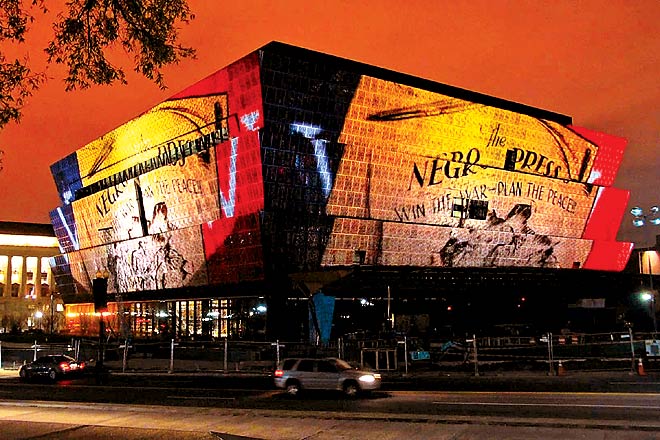
Washington DC, USA: Here’s a good reason to visit Washington DC this year. The ambitious National Museum of African American History and Culture (NMAAHC) will finally open its doors in September 2016. In the works since 2012, the building on the National Mall is all set to be completed in April. A long-standing goal of successive US governments, the NMAAHC promises to tell the unvarnished tale of the African-American experience, from the beginning of the slave trade in the 15th century. Separate galleries will chart the seminal contribution in music, arts and culture in shaping America’s pop culture, as well as the military history of the community.
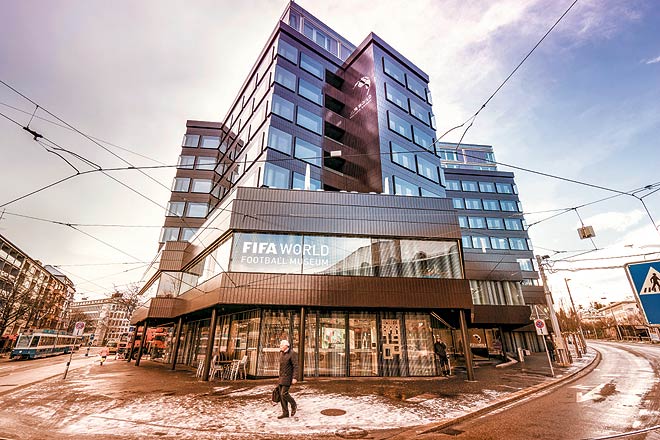
Zurich, Switzerland : The cosmopolitan charms of Zurich tend to get overshadowed by its economic credentials. The city on the Limmat has a series of new openings scheduled for this year. The opening of the new FIFA World Football Museum is a highlight, with the multi-million dollar museum designed to be a stunning showcase for the beautiful game, even as its parent body is under a scanner. There are a thousand exclusive exhibits, an interactive world of experiences with 60 screens, jerseys and other souvenirs from all member nations and much more. Other attractions include the new Museum of Digital Art, the first in Europe, the inauguration of the extension of the National Museum Zurich, and the centenary celebrations of Dadaism.
Argentina
Brazil
bucket list





